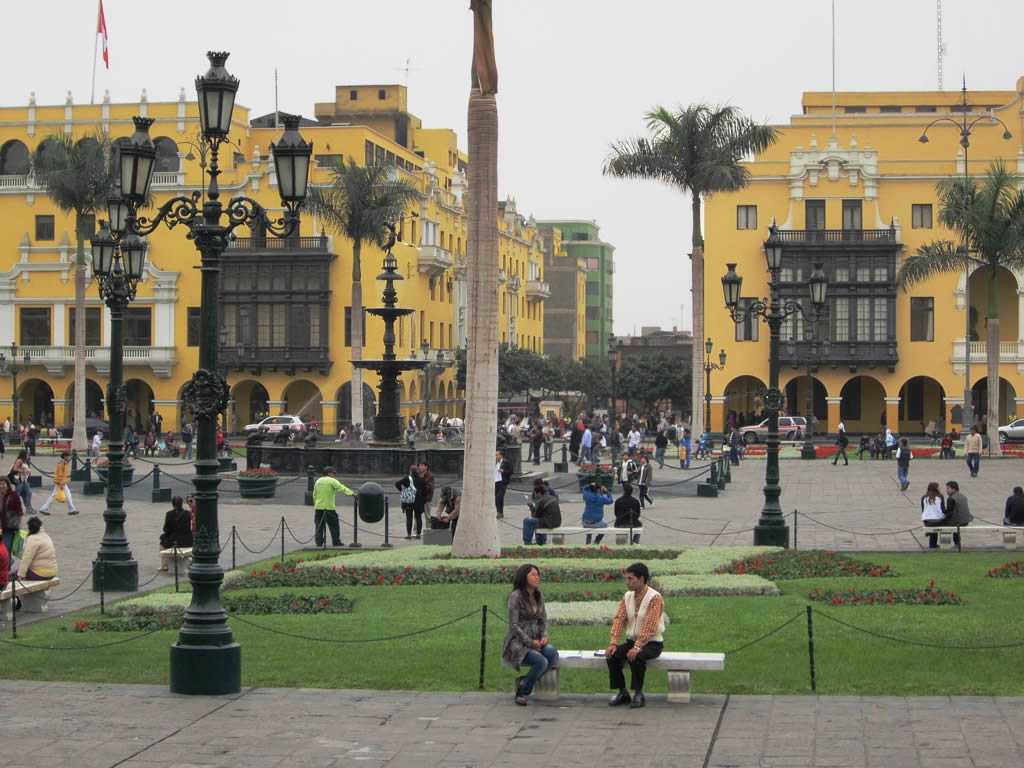Trauma of Death and Decorum in Titus Andronicus: The Tomb as Ahistorical Reality
Keywords:
Tomb, ahistorical, foundational sacrifice, Pierre NoraAbstract
William Shakespeare’s revenge play Titus Andronicus of late is garnering much attention, and is the focus of nuanced criticism from the schools of feminist, trauma theory, postcolonial and empire studies, to name only a few. While the gamut of such new studies has recovered the text from near obscurity, it tends to revisit the play on seemingly predictable pathways, like the mutilation of Lavinia, the otherness of Aaron and his ultimate revenge, the monstrous/maternal women, as exemplified by Tamora, the ritual murders enacted as foundational sacrifices and so on. Scholars have given close scrutiny to both the tombs and the pit as compelling metaphors for the internment of a culture in all its tragic grandeur and pathos. In particular, the “pit” as a site of trauma, in its textual and narrative connections and connotations to the voracious womb, has attracted a lot of attention to the near occlusion of the more authentic site of trauma—the family sarcophagus. For it is here after all, in an act of extravagant performitivity—the funeral ritual for the fallen son—that the protagonist sets the revenge tragedy in motion, bringing down the house of the Andronici. Furthermore, whereas most scholars tend to treat the tomb as a specific, sacred or cultural site, symbolic of a unraveling or imploding society, I suggest that we read the family tomb, instead, as a space of ahistorical, traumatic memory-site that unleashes repetitive fury in the protagonist given to ritual and decorum, and who is therefore undone by it.
I propose to situate this paper in the school of memory-sites that sprang up from Pierre Nora’s Realms of Memory, which documented the haunting memories of the Second World War. Nora draws our attention to certain painful sites of memory or lieux de mémoire (sites of memory), where some symbolic spaces are inextricably intertwined with emotional trauma that he thinks gets an exaggerated ritual status, which might actually impede healing. In his opinion, these ritualized memory-places displace actual memories, and create a rupture in equilibrium in those affected, and overwhelm any attempts by them to absorb or process trauma. I suggest that in Titus Andronicus, the family tomb in its role as the ritualized site of collective memory, and as an actant in the narrative, presents Titus with a similar rupture of equilibrium, denying him the necessary healing, and by crystallizing paradoxically into ahistorical memory-site for repetitive psychic trauma, it leads him to his tragic end. Furthermore, the family tomb as a holy monument to the dead and the ritual sacrifice of Alarbus does not allow him a reconstruction or a reconstitution of the self; instead, this symbol of decorum and tradition becomes the vault that literally and metaphorically swallows him.




